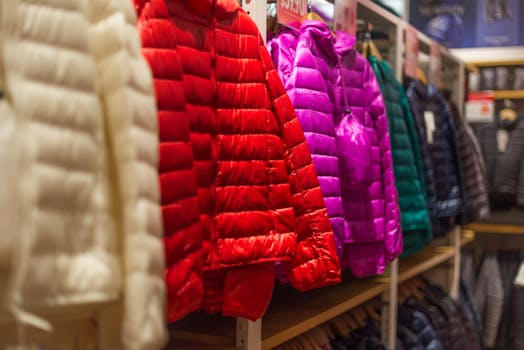Secrets of a Well-Insulated Roof: Increased Comfort and Reduced Bills
When it comes to home comfort and energy efficiency, the roof often gets overlooked. However, a well-insulated roof can significantly enhance your living environment while also reducing energy bills. This article delves into the secrets of effective roof insulation, exploring its benefits, types, and best practices to ensure your home remains cozy and cost-effective.
The Importance of Roof Insulation
Roof insulation plays a crucial role in maintaining a comfortable indoor temperature throughout the year. It acts as a barrier against heat loss in winter and heat gain in summer. Here are some key reasons why roof insulation is essential:
- Energy Efficiency: Proper insulation reduces the need for heating and cooling systems to work overtime, leading to lower energy consumption.
- Comfort: Insulation helps maintain a consistent indoor temperature, making your home more comfortable regardless of the weather outside.
- Noise Reduction: Insulation can also dampen sound, providing a quieter living environment.
- Increased Property Value: Homes with good insulation are often more attractive to buyers, as they promise lower utility bills and enhanced comfort.
Types of Roof Insulation
There are several types of insulation materials available, each with its own advantages. Understanding these options can help you make an informed decision:
- Fiberglass Insulation: One of the most common types, fiberglass is cost-effective and offers good thermal performance. It is available in batts or loose-fill forms.
- Foam Board Insulation: Rigid foam boards provide excellent insulation and are often used in new constructions or major renovations.
- Spray Foam Insulation: This type expands on application, filling gaps and creating an airtight seal. It is ideal for irregularly shaped spaces.
- Cellulose Insulation: Made from recycled paper products, cellulose is an eco-friendly option that provides good thermal performance and soundproofing.
Case Studies: Real-World Benefits of Roof Insulation
To illustrate the impact of roof insulation, consider the following case studies:
Case Study 1: The Smith Family
The Smiths, a family living in a 2,000-square-foot home, decided to upgrade their roof insulation from fiberglass batts to spray foam insulation. After the installation, they reported a 30% reduction in their heating and cooling bills, translating to annual savings of approximately $600. Additionally, they noted a significant improvement in indoor comfort, with fewer drafts and a more stable temperature.
Case Study 2: Eco-Friendly Renovation
A couple in California undertook a major renovation of their home, focusing on energy efficiency. They replaced their old roof with a new one featuring foam board insulation and a reflective roof coating. As a result, they experienced a 40% decrease in energy costs and increased their home’s resale value by 15% due to the energy-efficient upgrades.
Best Practices for Insulating Your Roof
To achieve optimal results from your roof insulation, consider the following best practices:
- Assess Your Current Insulation: Before making any changes, evaluate your existing insulation to identify areas that need improvement.
- Choose the Right Material: Select insulation material based on your climate, budget, and specific needs.
- Seal Air Leaks: Ensure that all gaps and cracks are sealed to prevent air leakage, which can undermine insulation effectiveness.
- Consult Professionals: Hiring a qualified contractor can ensure proper installation and maximize the benefits of your insulation.
Conclusion: The Path to Comfort and Savings
Investing in a well-insulated roof is a smart decision that pays off in both comfort and cost savings. By understanding the importance of roof insulation, exploring various types, and implementing best practices, homeowners can create a more energy-efficient living space. The case studies highlight the tangible benefits that come from proper insulation, including reduced energy bills and increased property value. Ultimately, a well-insulated roof is not just a luxury; it is a necessity for modern living.
